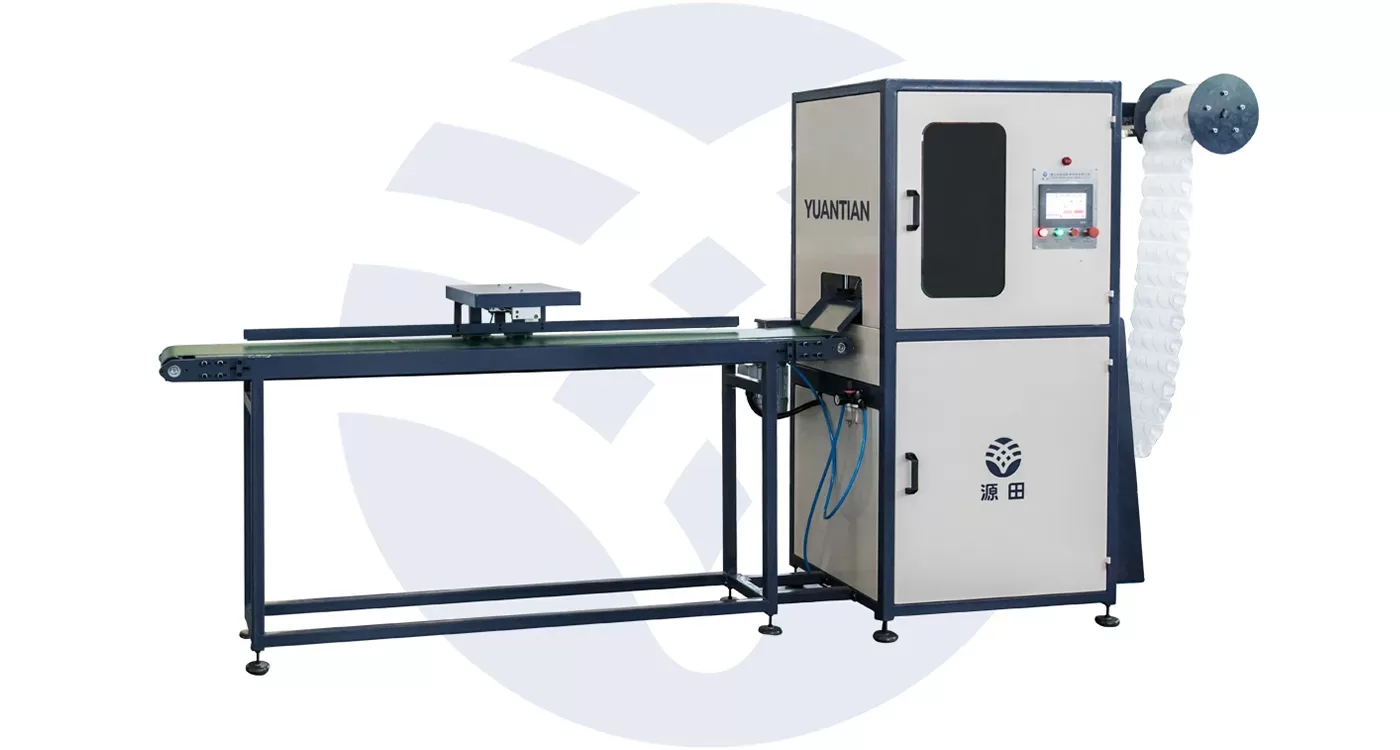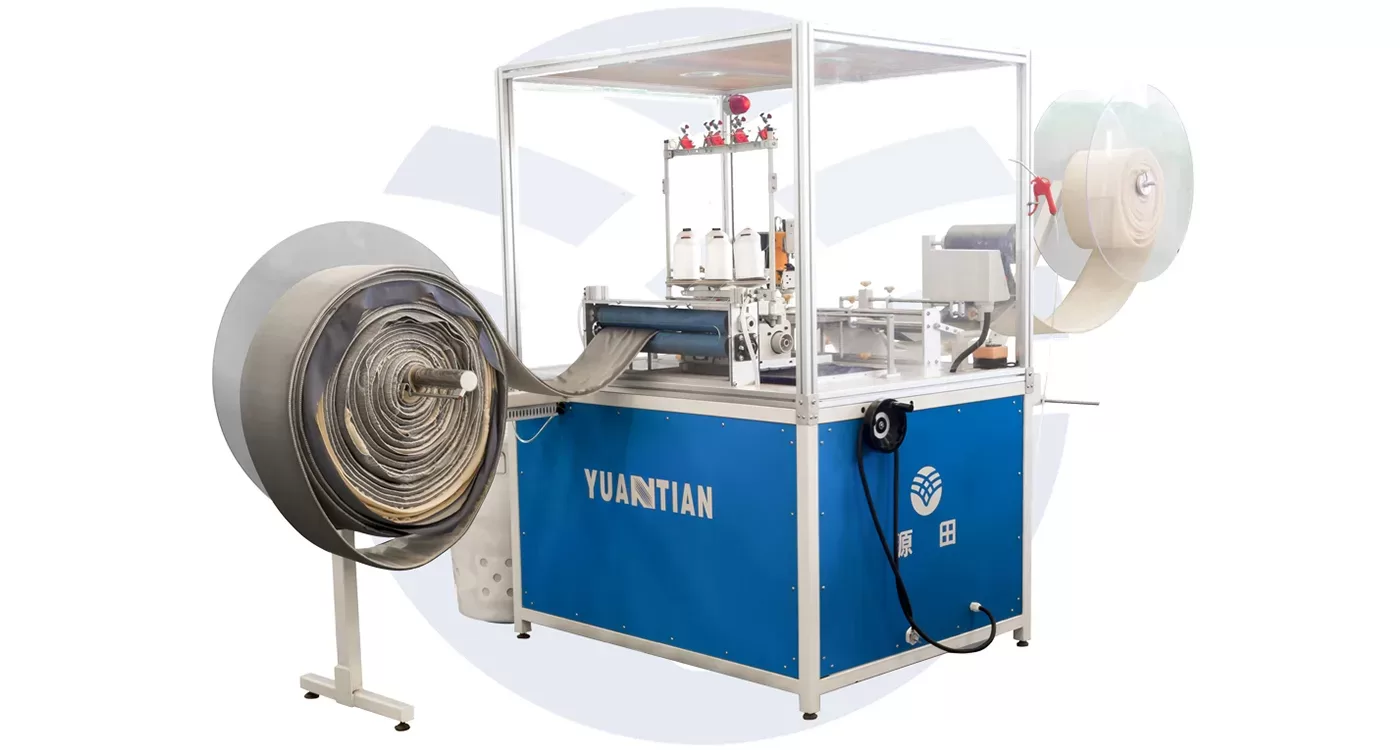- Home » A Comprehensive Guide to Maintaining Your Mattress Machinery
Keeping your mattress machinery well-maintained will prolong its life and ensure that it continues to work at an optimum level. Proper maintenance will prevent costly repairs and downtime and extend the life of your machinery.
This guide will include aspects such as routine checks, cleaning procedures, lubrication, and troubleshooting common problems in mattress machinery maintenance.
Routine Checks and Inspections
Daily Inspections
Daily inspections help identify potential problems before they escalate to a serious level. Begin every day by inspecting the general condition of the machinery. Observe if there is any visible wear and tears like frayed belts or loose bolts, or if any strange noise is coming out from it.
Visual Inspection: All safety guards are to be present and not damaged. Look for leakages/spills in the machinery.
Operational Check: Run the machinery for a short while to see if it makes any unusual noises that may indicate failure. Ensure all moving parts are running well and freely without any hindrances or jamming.
Weekly Inspections
Weekly inspections should be more thorough than daily checks. In addition to the daily checklist, include the following:
Electrical Components: Check electrical connections for any sign of wear or corrosion. All wiring should be checked for integrity and secure connections.
Hydraulic Systems: Check hydraulic fluid levels and hoses for leakages or damages. Ensure the hydraulic pressure is within the recommended value set by the manufacturer.
Lubrication Points: All lubrication points must be indicated, and the lubrication must be adequate. This prevents over-wearing of moving parts.
Monthly Inspections
The monthly inspections should include a detailed assessment of the overall condition and performance of the machinery. This shall comprise
Calibration: Check that all measuring and control instruments have the proper calibration. This ensures that all the machinery works within the recommended specifications.
Structural Integrity: Check for stressed or damaged conditions in the frame of the machine and its structural components. Check for cracks, rust, or other evidence of fatigue.
Software Updates: Check for any available software updates or patches that can enhance performance or fix known problems.

Cleaning Procedures
Daily Cleaning
Keeping your machinery clean is essential for the smooth running of the same, and product contamination can be avoided.
Surface Cleaning: Clean dust and debris from all the exposed surfaces using a clean dry cloth. Areas around moving parts and electrical components need special attention.
Debris Removal: Remove all the debris and material that may have accumulated around the machine. Use vacuum or blow out using compressed air in areas where reach is a problem.
Deep Cleaning
It should be deep cleaned every week or whenever the operating environment demands so.
Disassembly: Partially disassemble the machine, if safe and feasible, to bring out the inner components in the open. Always switch off the machine and unplug it from the power source before disassembly.
Component Cleaning: Clean each component with its respective cleaning agent. Do not spray water or harsh chemicals on electric components.
Reassembly: Carefully reassemble the machine ensuring that all the parts are properly aligned and securely locked.
Lubrication and Fluid Maintenance
Importance of Lubrication
Proper lubrication is essential to reduce friction between moving parts, avoiding wear and overheating.
Lubricant Selection: Apply only the lubricants recommended by the manufacturer. Various parts of the machine will require different types of lubricants.
Application Frequency: Apply at a frequency recommended by the manufacturer. Too much lubricant may be as harmful as too little.
Hydraulic Fluid Maintenance
Most mattress machines rely on hydraulic systems to run their operations. Hydraulic fluids, just like other fluid systems, require periodic maintenance to ensure the system works to its fullest capacity.
Fluid Levels: Check hydraulic fluid level indicators regularly and fill them up as necessary. If the fluid is run with low levels, this might lead to overheating and subsequent failure.
Fluid Quality: Hydraulic fluid quality should be replaced periodically, as recommended by the manufacturer. Over time, hydraulic fluid will be contaminated, rendering its efficiency useless, maybe even damaging to the system.
Troubleshooting Common Problems
Identifying Problems
In the event of a malfunction, it is necessary to identify quickly where the problem lies to minimize eventual idle time.
Symptom Analysis: Observe the symptoms in the behavior of the machine. Noise, abnormal vibrations, and performance problems are all signs that something is not correct.
Diagnostic Tools: Utilize any diagnostic tools and software available that may help isolate the problem. Many of today’s machines have diagnostic features built into the machines themselves that can be very helpful in this regard.
Common Problems and Solutions
Overheating: Check whether all cooling systems are working right, and also avoid machine overload. Note whether the parts are well lubricated, and clean the air vents that have been blocked.
Power Problems: Check the Electrical connections; make sure there is stable power to the system. Replace damaged wiring or parts.
Mechanical Failures: Identify which part has failed, then replace it. Most Mechanical failures can be prevented with maintenance that ensures all parts are in good condition.

Training and Safety
Operator Training
Proper training of all operators is indispensable for both safety and efficiency.
Initial Training: Proper training in the operation and maintenance of the machine shall be provided to new operators.
Ongoing Training: Operators shall be taken through refresher courses and updates of procedures or equipment from time to time.
Safety Procedures
Establishment and adherence to safety procedures are very important in ensuring the avoidance of mishaps and injury.
Safety Equipment: Ensure that everybody is equipped with appropriate protective equipment like gloves, goggles, ear protection, etc.
Emergency Procedures: Brief operators regarding procedures for shutting off the unit in case of emergencies and general emergency response.
Conclusion
Maintaining your mattress machinery requires a diligent and systematic approach. By conducting regular inspections, keeping the machinery clean, ensuring proper lubrication, troubleshooting issues promptly, and ongoing training, you can extend the life of your equipment and ensure it operates efficiently. Following this comprehensive guide can minimize downtime, reduce repair costs, and maintain a safe and productive working environment.
Связанные с ними товары

















